San Francisco, like many other cities, faces the challenge of crime in certain neighborhoods. In such areas, residents often seek ways to enhance their security measures and protect their homes and families. One effective option is owning a protection dog, which can serve as a deterrent to intruders and provide a sense of safety. In this article, we will explore the high crime rate in San Francisco and discuss the benefits of owning a protection dog. Additionally, we will highlight some of the best breeds of dogs that are commonly used as protection dogs.

High Crime in San Francisco: San Francisco has faced challenges with crime, particularly property crime, in certain neighborhoods. According to recent data from the San Francisco Police Department, there has been an increase in crimes such as burglary, theft, and auto theft in some areas of the city. These incidents can cause residents to feel vulnerable and anxious about the safety of their homes and families.
Benefits of Owning a Protection Dog: Owning a protection dog can offer several benefits, especially in high-crime areas like San Francisco. Here are some advantages of having a protection dog:
- Enhanced Security: A well-trained protection dog can serve as a visible deterrent to potential intruders. The presence of a protection dog can deter criminals from attempting to break into a property, as they are less likely to risk encountering a trained and vigilant dog.
- Effective Crime Prevention: Protection dogs are trained to alert their owners to potential threats, such as intruders or suspicious activity. Their keen senses, such as heightened hearing and scent detection, can help prevent crimes from occurring or escalating.
- Companionship: In addition to providing security, protection dogs can also be loving and loyal companions. They can offer companionship and emotional support to their owners, which can be particularly comforting in high-crime areas where residents may feel anxious or unsafe.
- Peace of Mind: Knowing that you have a trained protection dog can provide peace of mind for homeowners and their families. Protection dogs can provide a sense of security, knowing that they are trained to protect their home and loved ones.
Best Breeds of Dogs for Protection: Not all dog breeds are suitable for protection work, as temperament, size, and behavior traits vary among different breeds. Here are some of the best breeds of dogs commonly used as protection dogs:
- German Shepherd: German Shepherds are known for their intelligence, versatility, and loyalty. They are often used as police and military dogs due to their ability to be trained for various tasks, including protection work.
- Belgian Malinois: Belgian Malinois are highly energetic and intelligent dogs that excel in protection work. They are known for their speed, agility, and strong work ethic, and are often used in police and military roles.
- Doberman Pinscher: Doberman Pinschers are known for their loyalty and protective instincts. They are intelligent and trainable, with a natural ability to guard their home and family.
- Rottweiler: Rottweilers are powerful and protective dogs that have a natural instinct to guard their family and territory. They are known for their strength and courage, making them effective protection dogs.
- Boxer: Boxers are strong and athletic dogs that can excel in protection work. They are known for their loyalty, intelligence, and protective nature.
- Great Dane: While not as common as some of the other breeds on this list, Great Danes can also make excellent protection dogs. Despite their large size, they are known for their gentle and friendly nature, but can also be protective when needed.
 It’s important to note that while these breeds are commonly used as protection dogs, not all individual dogs of these breeds may possess the necessary temperament, training, and behavior traits to excel in protection work. Proper training and socialization from a young age are crucial to ensure that a protection dog is well-behaved, obedient, and capable of handling potential threats in a controlled manner.
It’s important to note that while these breeds are commonly used as protection dogs, not all individual dogs of these breeds may possess the necessary temperament, training, and behavior traits to excel in protection work. Proper training and socialization from a young age are crucial to ensure that a protection dog is well-behaved, obedient, and capable of handling potential threats in a controlled manner.
Conclusion: In high-crime areas like San Francisco, owning a protection dog can provide an added layer of security and peace of mind for homeowners and their families. The presence of a well-trained protection dog can deter intruders, prevent crimes, and offer companionship and emotional support. However, it’s important to carefully consider the responsibilities and requirements of owning a protection dog, including proper training, socialization, and ongoing care.
If you’re interested in owning a protection dog, it’s recommended to work with a reputable breeder or professional dog trainer who specializes in protection dogs. They can help you choose the right breed and individual dog that fits your specific needs and lifestyle, and provide guidance on training and care.
Remember that owning a protection dog is a significant commitment, and it’s important to be prepared for the responsibilities and challenges that come with it. However, for those who are willing to invest the time, effort, and resources into proper training and care, a well-trained protection dog can offer invaluable benefits in enhancing home security and providing peace of mind in high-crime areas.

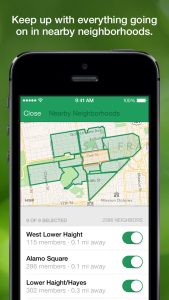 Step 2: Get to Know Your Neighbors Building a neighborhood watch group starts with getting to know your neighbors. Take the time to introduce yourself to your neighbors and build relationships with them. This can be done through the Nextdoor app by sending messages or posting introductions in the neighborhood feed. Building a sense of community and trust among your neighbors is crucial for the success of your neighborhood watch group.
Step 2: Get to Know Your Neighbors Building a neighborhood watch group starts with getting to know your neighbors. Take the time to introduce yourself to your neighbors and build relationships with them. This can be done through the Nextdoor app by sending messages or posting introductions in the neighborhood feed. Building a sense of community and trust among your neighbors is crucial for the success of your neighborhood watch group.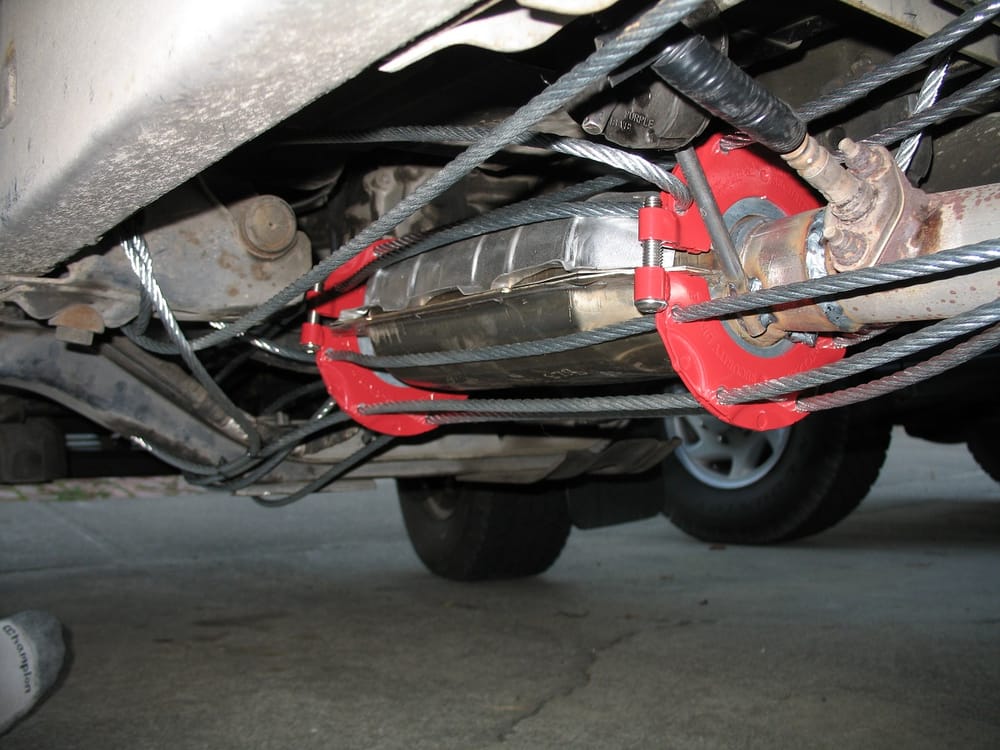
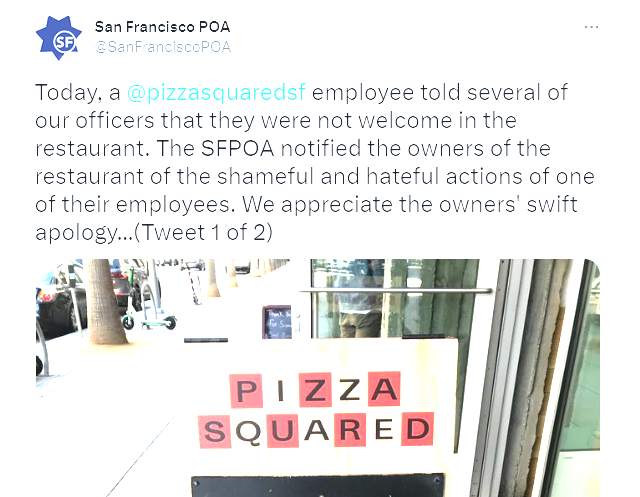
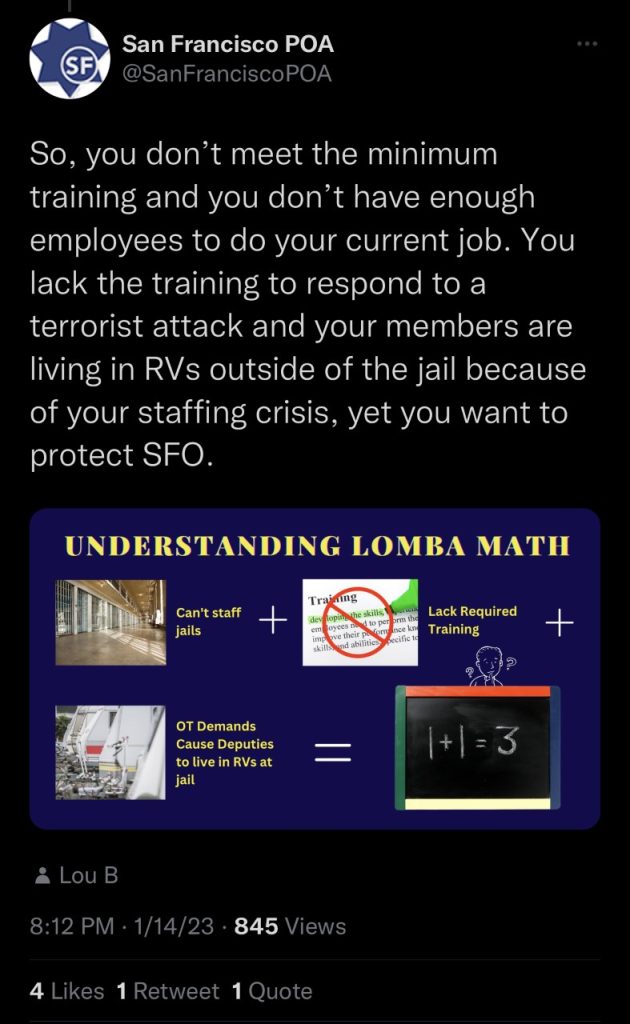
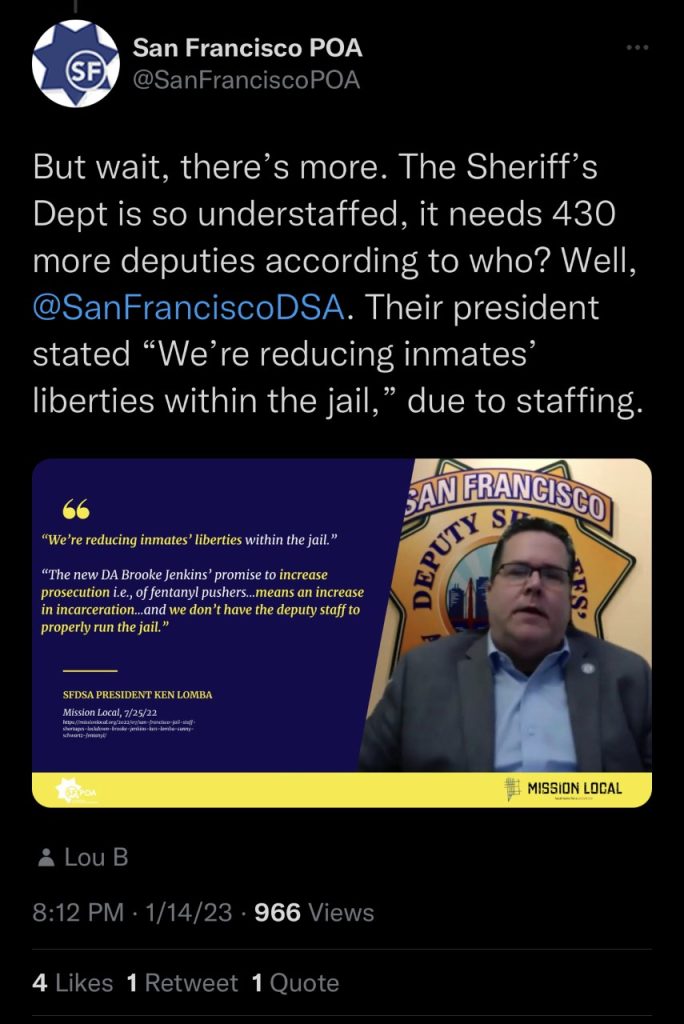
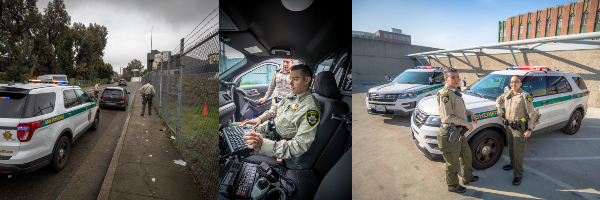
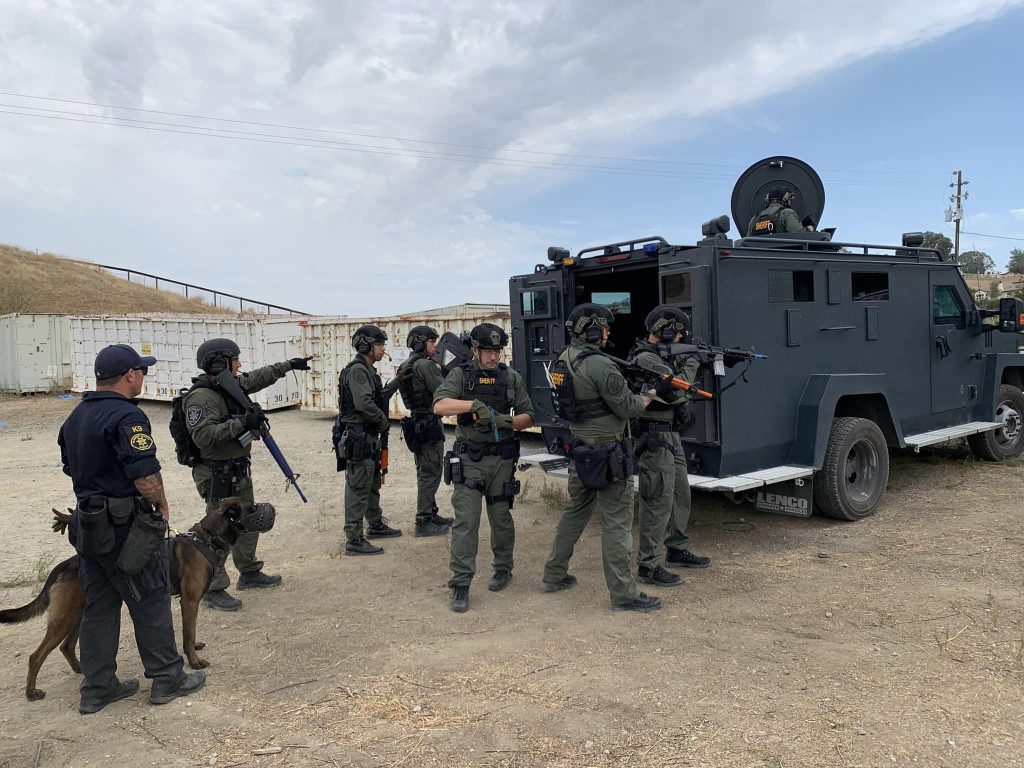
 Chief Scott stated the San Francisco Police Department is short 400 police officers and that if he increases police in San Francisco it will reduce crime. What about all the police officers he has assigned to the San Francisco Airport which is located over 10 miles South of San Francisco in San Mateo County? Why doesn’t he return some of them to SF? As flights increase at SFO, the airport will demand more police. Will Chief Scott continue to send his experienced police officers to SFO? This is such an inefficient practice.
Chief Scott stated the San Francisco Police Department is short 400 police officers and that if he increases police in San Francisco it will reduce crime. What about all the police officers he has assigned to the San Francisco Airport which is located over 10 miles South of San Francisco in San Mateo County? Why doesn’t he return some of them to SF? As flights increase at SFO, the airport will demand more police. Will Chief Scott continue to send his experienced police officers to SFO? This is such an inefficient practice. San Francisco Deputy Sheriffs’ Association was recently recognized for our transparency with a 2018 Gold Seal on our GuideStar Nonprofit Profile!
San Francisco Deputy Sheriffs’ Association was recently recognized for our transparency with a 2018 Gold Seal on our GuideStar Nonprofit Profile!